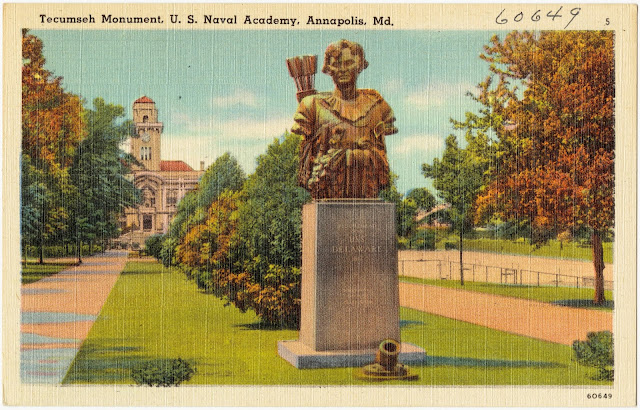1973 "Please don't call us Redmen," says a Denison University school publicity man. "We think it's derogatory to Indians."

Colleges Criticized For School Nicknames by Rick Van Sant 1973 June 28. News Journal Is it an honor or dishonor to Indians to call athletic teams Redskins or Redmen? Many schools and professional teams across the country have come under fire for the practice 00 including at least three Ohio colleges. The differing schools of thought on Indians and other unique sources of Ohio College athletic teams: Miami University Redskins - A tribe of Indians known as the "Miamis" used to live in the Oxford area, so the school adopted Redskins as a nickname, thinking it a natural. "We came under a lot of pressure about a year ago to change our name because some people thought it degraded Indians," a school official said. "But we got a re-affirmation from a tribe of the Miamis now living in Oklahoma. The chief of the tribe had a council meeting and they decided they were proud to have Miami University use the nickname Redskins. We f







